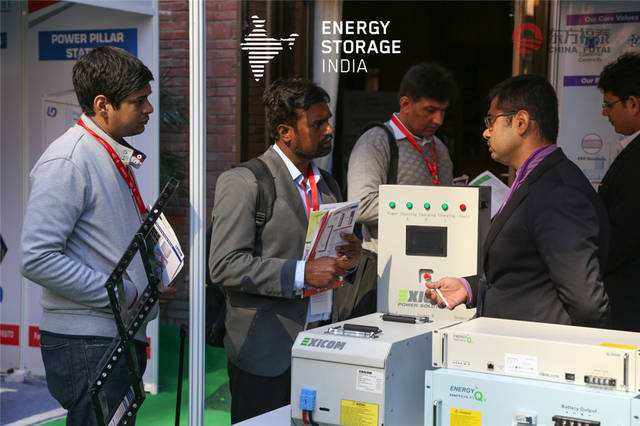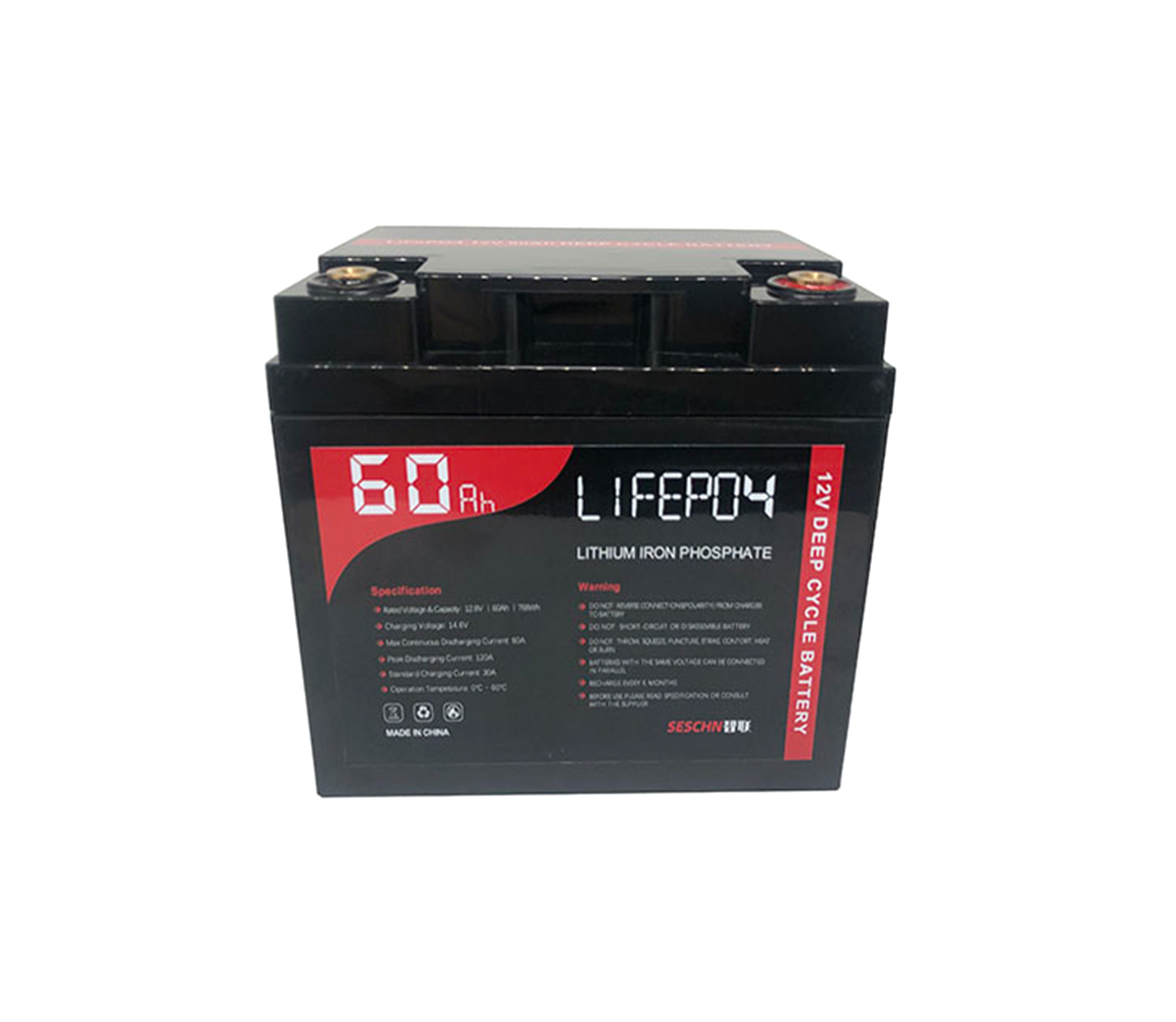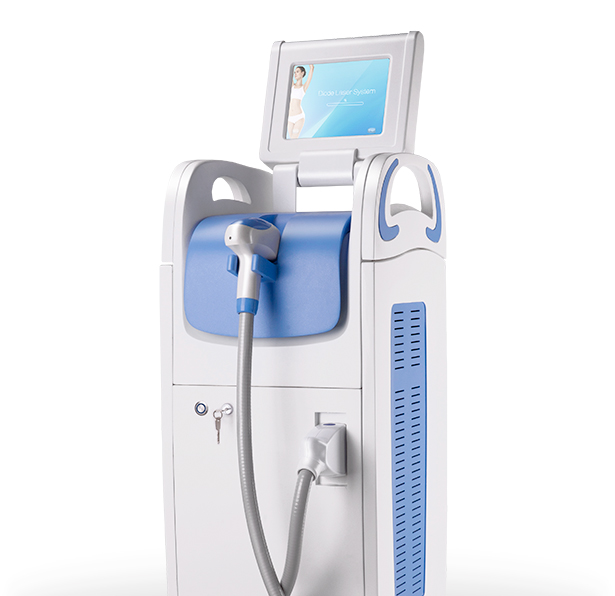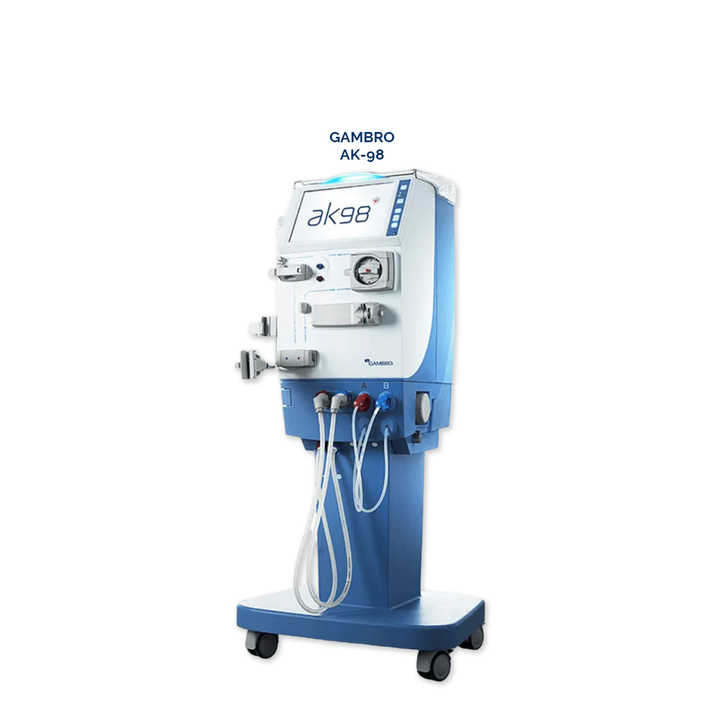2022 India Energy Storage Market Outlook
India has a large enough land area and the second largest population in the
world, so the demand for energy is very large. At the same time, India's
geographical location determines the application of photovoltaic power
generation and lithium battery energy storage systems. The Indian government
plans to achieve 500GW of renewable energy by 2030. Driven by this ambitious
goal, renewable energy capacity continues to grow. Of course, energy storage
will play a key role in making this happen in India.

Although India's energy storage capacity increase in 2021 is modest, the
industry generally believes it will grow rapidly in 2022, and more energy
storage deployments are expected in the country.
According to Mercom India Research, India currently has only 20 MW of
battery storage capacity, of which 1.3 GW is in various stages of
development.
Solar Energy Corporation of India (SECI) and NTPC Limited have announced a
tender for 4 GWh of stand-alone battery storage capacity, which has yet to be
auctioned.
A: Industry view
Harendra Tomar, head of business development at Sungrow, said: "Considering
the progress in 2021 and the government's intention to develop renewable energy
and storage, the Indian energy storage market in 2022 is very promising.
Currently, SECI has tendered two major batteries. Energy Storage System (BESS)
project and awarded the Engineering, Procurement and Construction (EPC)
contract.”
SES Power agrees with Tomar that in 2021 some storage projects start to
take off, and the momentum is likely to continue in 2022. Due to the impact of
the epidemic and the global economy, although the real demand in the Indian
market has been suppressed, it can be seen from the customs data of India in
2021 that the import volume of lithium-ion batteries, lithium iron phosphate
batteries, energy storage systems and accessories has actually been increasing.
rising.
Manish Kumar, chief operating officer of Jakson Group New Energy, is also
optimistic about the storage market. “India’s demand for battery storage is
projected to be estimated at 120GWh by 2030 to support its renewable energy
capacity target of 500GW. Lithium-ion battery technology will drive BESS
stationary storage growth over the next decade. Growth in other battery
chemistries such as sodium-ion Progress also continues to develop rapidly.”
Meanwhile, Anil Bhat, CEO of Amplus Solar's distributed generation
business, said that energy storage is critical to achieving scale in India's
cost-effective clean energy sector.
However, Growatt's brand manager Lulu Tu disagrees with the industry's
optimism in the energy storage market. Given that the price of lithium batteries
has been greatly increased due to tight supply, the Indian energy storage market
will not grow significantly unless the government has better policies to promote
it. In Lulu Tu's view, the more mature European and Australian markets will see
significant growth in 2022.
Although SES Power is very optimistic about the energy storage market in
India and the world, Growatt's point of view is very convincing. In fact, it is
not only the prices of energy storage systems and lithium batteries that are
rising, but the global block trades are actually rising. Simply put , the
currency depreciates, so this simple increase in the price of the currency does
not represent an increase in the relative value.
B: Energy storage cost
However, SES Power admits that the high cost of energy storage is one of
the main obstacles to the rapid expansion of the market.
According to Kumar, the global cost of stand-alone lithium-ion battery
storage systems will drop from $1,100/kWh in 2010 to $200/kWh in 2020. He
expects battery prices for projects to manufacture lithium-ion cells and
batteries in India to drop sharply in the coming years, supported by
production-related incentives.
Amp Energy's Ganguly countered the quick drop in lithium-ion battery
prices, citing supply chain disruptions caused by the global pandemic and trade
disputes. He argues that battery storage prices are not expected to drop until
2023, according to different studies.
Tomar said that due to the large global supply and demand gap, it is
difficult to predict the reduction in battery costs, which account for 80-85% of
the cost of BESS projects. If the supply chain is stabilized, cost reductions
are expected in the near future. At the same time, further breakthroughs in
technology and R&D are expected, which may also help reduce the cost of
energy storage.
This is a long process that requires more patience in the industry.
C: Industry Outlook
The current GST on batteries in India is 28%, in order to be able to
further promote the rapid development. The industry hopes that the country's
government will provide financial support for domestic battery manufacturing
facilities, such as tax breaks.
If the Indian government can focus on policies and tax incentives to
attract investment in battery manufacturing, in line with the incentives for the
EV battery ecosystem. Then, energy storage batteries are expected to usher in
more investment opportunities to enhance the confidence of storage developers
and suppliers.
Regarding the government’s policy on the energy storage industry, Bhardwaj
said: “If the government passes the Electricity Amendment 2021, allowing private
companies to enter the distribution industry and compete with the distribution
companies (DISCOMs). This will provide consumers with more choices and Let the
decentralization of energy storage develop rapidly.”
Of course, the tax cut has directly increased the enthusiasm of India's
domestic energy storage system manufacturers, but the manufacturing industry
needs stable power, and this is precisely India's shortcoming. SES Power
believes that India will not be able to supply enough electricity for domestic
manufacturing for a long enough period of time in the future, so we have
launched lithium iron phosphate products that can perfectly replace lead-acid
batteries, and also provide off-grid products for South and Southeast Asian
customers. 100KW inverter and 1MWh lithium battery capacity series products,
which can provide enough stable and best cost-effective energy solutions for
small and medium-sized enterprises.



































